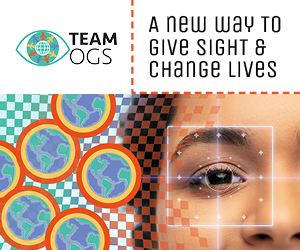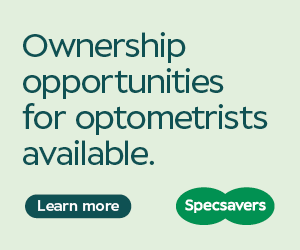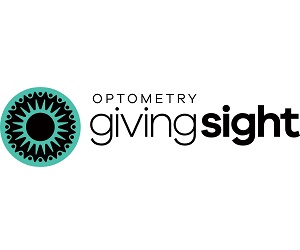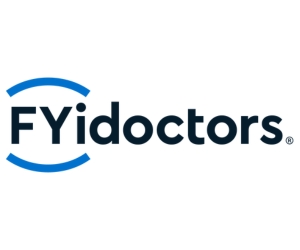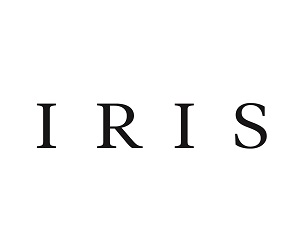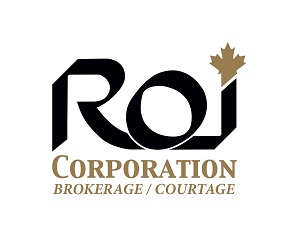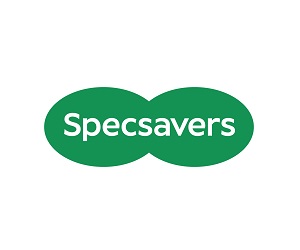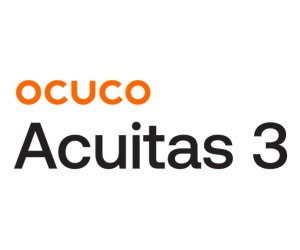
For optometry students and recent grads, the default path can seem overwhelmingly urban. Big cities promise visibility and fast access to technology, but they also draw the same patients—and the same competition.
It’s a topic explored in depth on Future Focus. Sponsored by OSI Group, the podcast introduces students and new grads to the real-world decisions that shape a career in optometry. Each episode features candid conversations with practicing optometrists and offers practical insights on ownership, clinical growth, and finding your place in the profession.
In Episode 09, hosts Dr. Amrit Bilkhu and Dr. Alexa Hecht chat with OSI Member Dr. Amal Ahmed, owner of Beaumont Eye Clinic, about her journey from associate to practice owner in a thriving rural community.
Speaking candidly with the hosts, she reflects, “I didn’t want to open in a big city. There’s too much competition. When I found a practice in a growing community, I didn’t have to worry about saturation.”
The conversation surfaces key takeaways for young ODs: rural settings can speed the move into ownership and widen clinical scope, while also grounding a practice in relationships that grow deeper over time.
From Saturation to Opportunity
After completing her optometry training in the United Kingdom, Dr. Ahmed returned to Edmonton with plans to launch her career. Instead of opportunity, she found saturation. The city’s optical landscape was crowded, and every possible location already seemed spoken for.
Rather than force her way into a dense market, she began looking just beyond it—and discovered the Beaumont Eye Clinic. As an OSI Group member clinic, Beaumont offered not only a strong patient base but also access to the group’s shared resources, supplier programs, and professional network. Located 20 minutes outside Edmonton, the practice was well-established, with decades of patient records and a loyal base. It wasn’t flashy, but it offered a foundation she could build on.
Nurturing an Established Base
For more than three decades, the Beaumont Eye Clinic was guided by Dr. Bruce Mann, whose steady presence made the practice a fixture in the community. His reputation and long-standing relationships with patients meant that when Dr. Amal Ahmed stepped in, she inherited a history of trust. That foundation became the bedrock on which she could shape the next chapter.
The transition was handled with care. Dr. Mann remained on-site for a full year after the sale, a decision that reassured patients and allowed Dr. Ahmed to build familiarity without disrupting the rhythm of care. Patients could continue to see the doctor they had known while gradually getting to know the new one. For Dr. Ahmed, the overlap offered a rare chance to ease into ownership, observing the practice’s routines and listening to patients before deciding how to leave her mark.
Once those relationships felt secure, she began to introduce changes. The clinic’s layout was improved, new instrumentation added, and the office refreshed in stages. Each adjustment was paced to strengthen what patients already valued. The result was not a break from the past but a continuity—an evolution that honoured Dr. Mann’s legacy while positioning the clinic for the future.
Why Rural Practice Works
What Dr. Ahmed didn’t fully anticipate was how much rural practice would accelerate her professional growth.
In Beaumont, she took on more complex cases and became a trusted collaborator in the town’s healthcare network. With fewer specialists nearby, her scope expanded—sometimes out of necessity, sometimes out of trust.
She notes, “If you invest in rural communities, they invest back in you. My business has grown four to five times in three years, mostly through word of mouth.”
Financially, the advantages of owning property and operating with lower overhead gave her freedom to shape the business on her terms. Decisions could be made quickly, and new ideas tried without bureaucracy.
And on the human side, patients returned year after year, often bringing children or parents—creating long-term relationships that urban practices sometimes struggle to maintain.
Building a Specialty, Patient by Patient
Dr. Ahmed also saw opportunity in specialty care, especially for patients with dry eye disease. Instead of introducing high-tech solutions right away, she focused on creating demand before any major purchases. Educate first, invest second.
She began by offering test treatments and hosting information nights to give patients time to understand the service. By the time she introduced intense pulsed light (IPL) treatments, her patient base was ready.
“I didn’t just jump in with new technology,” she explains. “I took a year to build relationships, educate patients, and create a waitlist.”
Advice for Students and New Grads
For those still mapping out their next step, Dr. Ahmed recommends starting early—even if ownership feels far off.
She says, “Buying a practice could be a quick process or a slow one. Build the relationships right when you come out of school. Ask the right questions.”
That might mean reaching out to a clinic owner in a town you’ve never considered. It could mean shadowing someone over reading week or taking a short-term locum in a place that seems quiet on paper but turns out to be full of promise.
Indeed, not every clinic will be the right fit and not every small town will have a practice for sale immediately. Waiting in a big city, however, can mean standing in line for years. Simply put, the more open-minded you are about where and how you begin, the greater your chances of building momentum early.
“Get your foot in the door,” she advises. “Start the conversation early.”
For OSI Members and students ready to act on this advice, the Vision Entrepreneur program turns early conversations into a concrete plan. It connects future owners with mentorship, training, and tools to make the move to ownership less daunting and more deliberate.
Get the Full Story
Dr. Ahmed’s journey shows that career success in optometry doesn’t follow a fixed path. It can mean choosing what others overlook or moving slowly but with intention—especially when the long game leads to deeper roots, broader scope, and a business you can shape on your own terms.
Catch the full conversation and explore more OSI-sponsored stories like it here.
Curious about your own path? Talk to an OSI Practice Advisor or learn more about the Vision Entrepreneur program at www.opto.com or info@opto.com.




